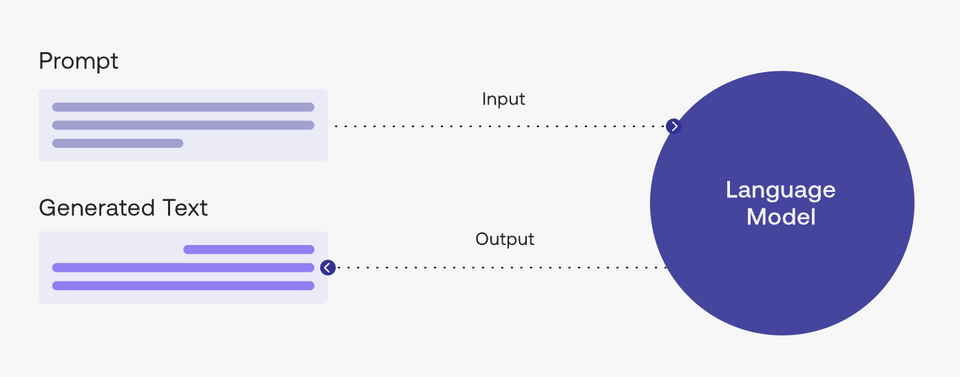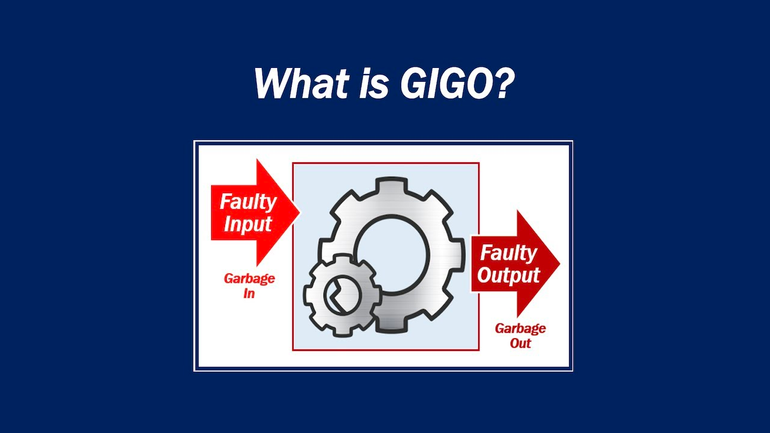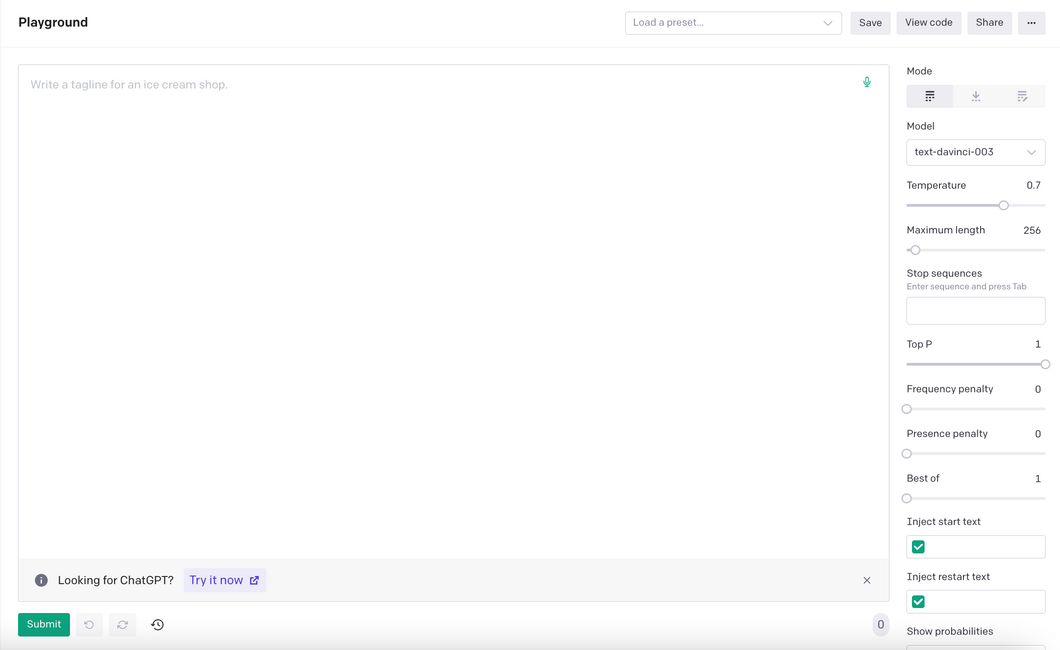Create unique bug with ChatGPT
Search and store tool for Chat GPT Prompt
Create unique and engaging bug with ChatGPT, a pre-trained language model by OpenAI for generating high-quality and accurate content.
Five Chat GPT Features That Aid Testing and Debugging
Create a list of five Chat GPT features that aid testing and debugging.
Analyzing a Code to Find Mistakes
Help me find mistakes in the following code <paste code below>.
Efficient Bug Detection using GPT for Stripe API Payment Data Handling
- Please find the bug in the code below. This is what it should be doing: - 1. Fetch the response from the stripe API for payments received last month. - 2. Parse the response json into an arrays with all transactions. - 3. Traverse the array to group all transactions from the same entity, and sums their amounts. The result is stored in a different array. - 4. Sort the resultin...
Five Chat GPT Features that Aid Testing and Debugging
Create a list of five Chat GPT features that aid testing and debugging.
How to Find and Fix Memory Leaks in [Language] Code
Find any memory leaks in the following [language] code and suggest fixes: [code snippet].
Identifying Potential Bugs in [Language] Code Snippet: Tips and Techniques
Identify any potential bugs in the following [language] code snippet: [code snippet].
Analyzing Content to Generate an Opinion
Find the bug with this code: <post code below>
Five Chat GPT Debugging-Friendly Features
Create a list of five Chat GPT debugging-friendly features.
What is “prompt engineering”?
A “prompt” is the input that guides a generative AI model to generate useful outputs. Generative AI tools like ChatGPT, GPT, DALL·E 2, Stable Diffusion, Midjourney, etc. all require prompting as their input.

In a natural language processing (NLP) context, “prompt engineering” is the process of discovering inputs that yield desirable or useful results. As is the story with any processes, better inputs yield better outputs; or commonly said another way “garbage in, garbage out.”


Become a prompt researcher instead of engineer
- If you’re already a subject matter expert in something, consider figuring out how to apply your personal skills to generating the best prompts in your field
- For example, if you’re an expert in SEO, what questions do you ask yourself when creating SEO strategies? How can you translate this knowledge into better prompts to generate the same level of output with AI?
Become a prompt researcher instead of engineer
- The term prompt engineer glosses over the idea that prompt formulation takes hypothesizing, research, result measurement, and repetition. Instead, approach prompting like a research project.
- Try as many different variations and formulations of your prompt as possible. One problem can have hundreds of solutions and one solution can have hundreds of approaches. The same can be said of prompting.